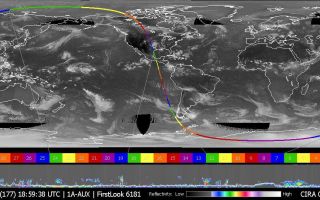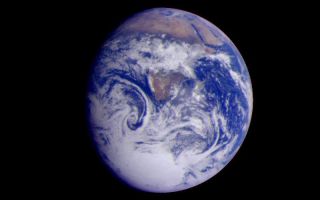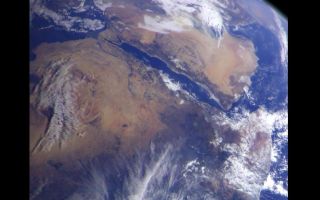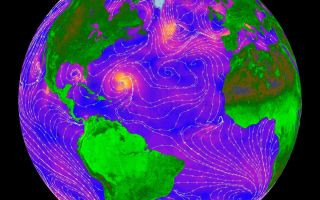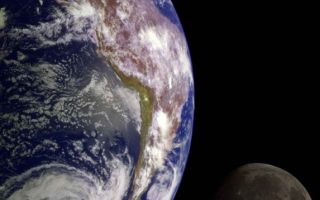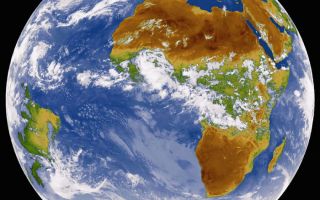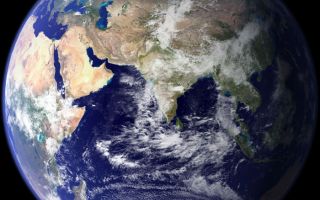Sauter la navigation
- Système Solaire
- Le Système Solaire
- Le Soleil, notre étoile
- Planète Mercure
- Planète Vénus
- Planète Terre
- Photos de la planète Terre
- Vidéos de la planète Terre
- Planète Mars
- Planète Naine Cérès
- Planète Jupiter
- Planète Saturne
- Photos de la planète Saturne
- Vidéos de la planète Saturne
- Les anneaux de Saturne
- Les satellites de Saturne
- Planète Uranus
- Planète Neptune
- Planète naine Pluton
- Planète naine Eris
- Planète naine Makemake
- Planète naine Haumea
- Exoplanètes
- Photos d'astronomie
- Photos du Soleil, notre étoile
- Photos de la planète Mercure
- Photos de la planète Vénus
- Photos de la planète Terre
- Photos de la planète naine Cérès
- Photos de la planète Mars
- Photos de la planète Jupiter
- Photos de la planète Saturne
- Photos des anneaux de Saturne
- Photos des satellites de Saturne
- Photos des satellites mineurs de Saturne
- Photos de Mimas, satellite de Saturne
- Photos de Encelade, satellite de Saturne
- Photos de Téthys, satellite de Saturne
- Photos de Dioné, satellite de Saturne
- Photos de Rhéa, satellite de Saturne
- Photos de Japet, satellite de Saturne
- Photos de Titan, satellite de Saturne
- Photos de la planète Uranus
- Photos de la planète Neptune
- Photos de la planète Pluton
- Photos de la comète Hartley 2
- Vidéos d'astronomie
- Vidéos astro : le Système Solaire
- Vidéos : le Système Solaire
- Vidéos : le Soleil, notre étoile
- Vidéos de la planète Mercure
- Vidéos de la planète Vénus
- Vidéos de la planète Terre
- Vidéos de la planète Mars
- Vidéos de la planète Jupiter
- Vidéos de la planète Saturne
- Vidéos de la planète Uranus
- Vidéos de la planète Neptune
- Vidéos de la planète Pluton
- Vidéos sur les comètes
- Vidéos astro : l'Univers
- Vidéos astro : Astrophysique
- Vidéos d'astronomie sur Dailymotion
- Vidéos d'astronomie sur Youtube
- Vidéos d'astronomie de l'INA
- Extraits de films
- Rotations de planètes
- E=M6
- Superscience
- La conquête spatiale
- Vidéos astro : le Système Solaire
- Outils
- Dossiers
- New !
- Forum d'astronomie
En direct du forum
- Télescope Télescope Dobson 254/1200 GoTo

- Alignement des planètes dans Sky Map

- Et si les quarks Top, Charm et Up étaient « générés » dans cet ordre ?

- Ca interesse quelqu'un.e les proportions des masses des leptons et des quarks ?

- 7-La physique quantique déterministe

- Versions de Skywatcher N200/1000

- Vends Motorisation double axe Sky-Watcher EQ5/NEQ5 raquette et fiche autoguidage

- Comment se servir de ce graphique ?

- Changement d'état en tant que forme de communication : expérience de pensée et paradoxe

- Lumière blanche

- [CLÃTURÃ] Compatibilité de l'Omegon PUSH+ GO
![Voir le sujet « [CLÃTURÃ] Compatibilité de l'Omegon PUSH+ GO » Voir le sujet du forum d'astronomie : « [CLÃTURÃ] Compatibilité de l'Omegon PUSH+ GO »](tl_files/structure/charte/arrow_blue_small.gif)
- Etoile erratique en zigzag

- Premier achat de matériel

- Problèmes de réglages

- L'univers est énergie

- Les délires de l'IA

- OCULAIRE ORION 6MM ETAT NEUF

- Filtre UHC ASTRONOMIK coulant 31,75 neuf

- Superposition quantique

- 6-L'éther relativiste d'Einstein et l'espace-temps quaternionique

- Température de couleur

- Lumière stationnaire dans le ciel et s éteint au bout d 1H

- Achat camera pour faire photos des étoiles

- (A VENDRE) Telescope Schmidt-Cassegrain SC 203/2032 CPC 800 GoTo (2.400 euros)

- A propos d'une comète

- Achat matériel pour long terme

- Les Panoramiques Martiens

- Skywatcher Evoguide ED50 avec un Sony A6000

- Télescope Nexstar 9.25 Evolution (CELESTRON)

- Vends lunette takahashi TSA 120,

- Miroir secondaire bresser 76/350

- Quel télescope choisir ? URGENT

- Télescope Bresser Solarix 76/350

- Telescope skywatcher 200/1000 pds HEQ5 Pro GoTo ou EQ6-R Pro GoTo

- Choix lunette astronomique ou télescope

- Réglage ascension droite monture EQ5

- Planet dakistair

- Météorite en Loire-Atlantique ?

- 5-La cosmologie euclidienne et la gravitation quantique

- 3-Preuves que la relativité d'Einstein-Minkowski est fausse et celle de Lorentz est vraie

- 2-La Structure Ondulatoire de la Matière (Wolff/LaFrenière/Yee etc...)

- Nouvel achat

- 4-La gravitation euclidienne

- Monde parallèle et fentes de Young

- Météorite ??

- Quantique : la conscience a-t-elle vraiment une influence sur le résultat de l'expérience ???

- Choix oculaires pour lunette 70/900

- 1-La relativité euclidienne

- Télescope Dobson Omegon ProDob N 254/1250 DOB

- Globes en reliefs TheStellarlab

 Contacter Planète Astronomie
Contacter Planète Astronomie Plan du site Planète Astronomie
Plan du site Planète Astronomie Participer à Planète Astronomie
Participer à Planète Astronomie A propos de Planète Astronomie
A propos de Planète Astronomie





